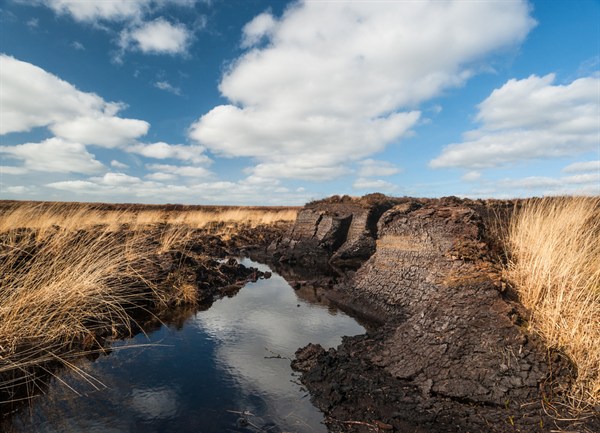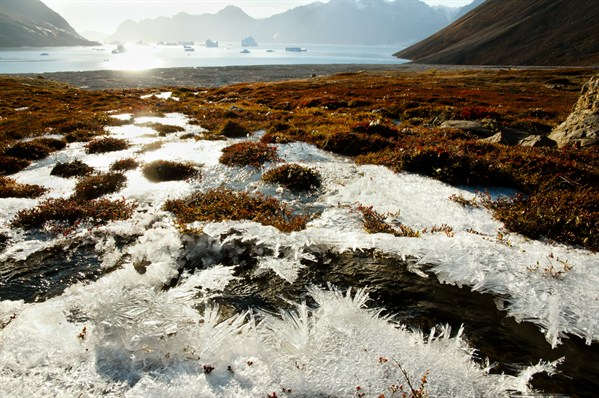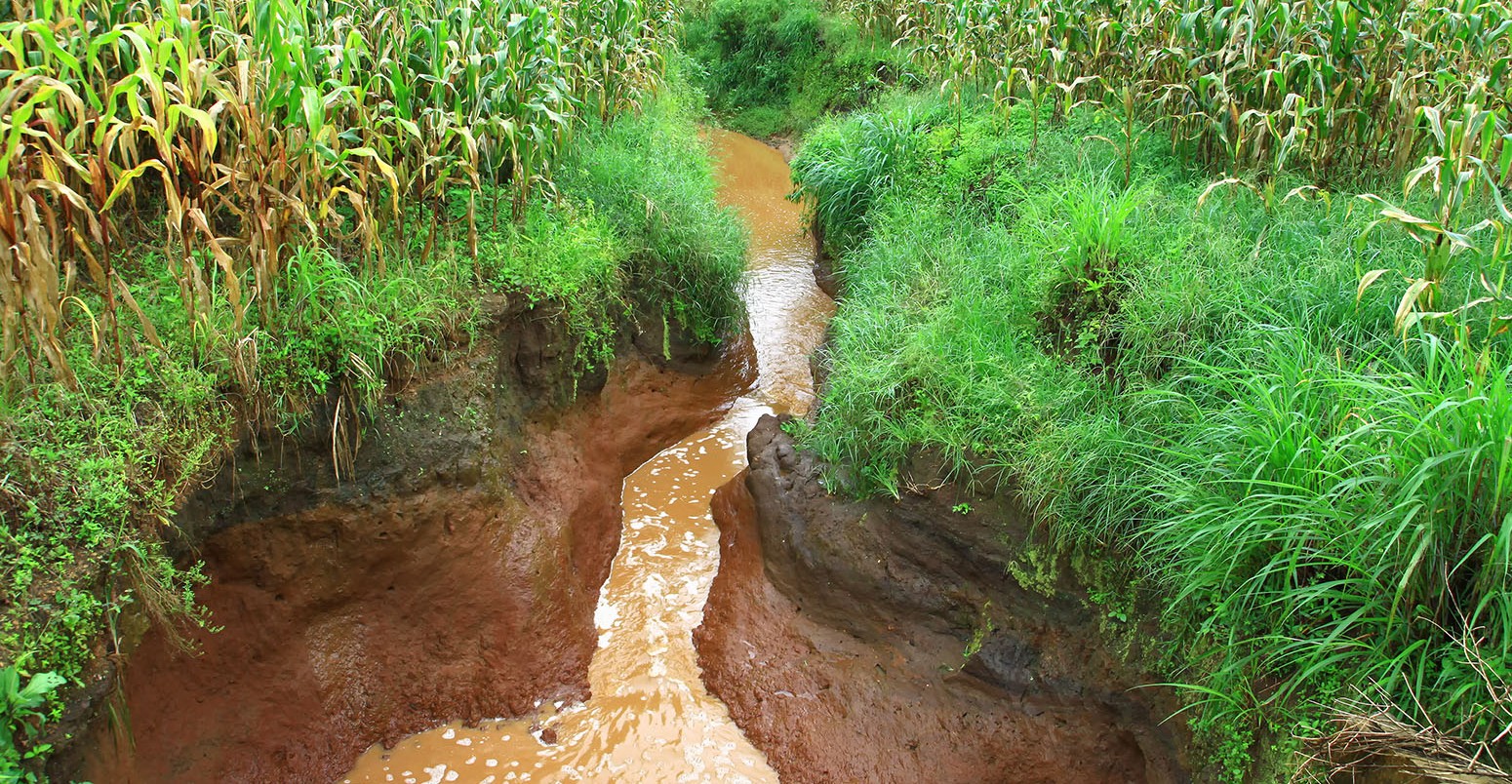Celebrating soils: Why are they so important for our climate?
Professor Pete Smith
08.26.15Professor Pete Smith
26.08.2015 | 4:25pmA guest post from Prof Pete Smith, Professor of Soils & Global Change at the University of Aberdeen and Coordinating Lead Author of the Agriculture, Forestry and Other Land Use (AFOLU) chapter from Working Group III of the IPCC’s Fifth Assessment Report.
From the 800th anniversary of the Magna Carta to the 60th birthday of the Birds Eye Fish Finger, there are plenty of reasons to mark 2015 as an important year. But you could be forgiven for being unaware that 2015 is also the UN International Year of Soils.
By putting soils centre stage, the UN Food and Agricultural Organisation (FAO) aims to raise awareness of how important soils are for producing food and fuel, and keeping ecosystems healthy. But soils have also been thrust to the forefront of international science because of climate change.
Globally, the top metre of soils contains about three times as much carbon as in our entire atmosphere. Losing carbon from the soil into the atmosphere can add to climate warming. But if soils can be managed in a way that means they store more carbon, they can help to reduce the amount of carbon in the atmosphere, and thereby help limit climate change.
Climate impacts on soils
Changes in the climate can affect how much carbon soils store, but understanding the effects is not straightforward. Rising temperatures and changing rainfall patterns can have both positive and negative implications for soil carbon storage.
Plants absorb carbon dioxide through photosynthesis, and transfer this carbon into the ground when dead roots and leaves decompose in the soil. Rising carbon dioxide levels in the atmosphere, and warmer temperatures, could give a boost to plant growth on the one hand and decomposition on the other. Whether carbon in the soil increases or decreases depends on the balance between the two.
But getting this boost also depends on there being enough water and nutrients to support the extra growth. Drier soils could also limit how well dead plant matter decomposes in the soil, leaving them more at risk of being eroded by the weather.
In other words, changes in temperature and precipitation can be both beneficial and detrimental to soil carbon storage.

Irish peat bog. Credit: Shutterstock.
Regional variations
The impacts of climate on soil carbon also vary depending on the type of soil and where in the world they’re found.
Mineral soils are those that contain less than about 5% organic carbon. Recent modelling studies show that mineral soils in some regions will gain carbon, while others will lose it. Overall, climate change is expected to increase carbon storage, however,
But not all soils are created equal.
Peatlands are thick, boggy soils that contain enormous amounts of carbon – about twice as much as the world’s forests. These may be more susceptible to climate change. When these soils heat up, or if they become drier, vast quantities of carbon could be lost through erosion.
Similarly, the frozen soils in the Arctic – known as permafrost – are likely to release carbon as they thaw.
Given the complex interactions between temperature and moisture, plant growth and decomposition, and variations between regions and different types of soil, predicting the composite effects of climate change on soils is extremely difficult.

Permafrost in Greenland. Credit: Shutterstock.
Limiting climate change
Although soils will be affected by a changing climate, they can also be used to help limit how much it changes.
As soils are such an important carbon store, managing them sustainably can help maintain or increase the amount of carbon they take up. This makes soil management an important option for mitigating climate change.
Potentially, using soils to soak up our emissions could sequester up to around one billion tonnes of carbon per year – and it would be relatively inexpensive.
This idea has come to the fore recently with a suggestion from the French Government to increase soil carbon stocks globally by 0.4% per year. This would be equivalent to adding about 0.2-0.3bn tonnes of carbon to the top 30cm of soils across the world each year.
They intend to propose this at the 21st Conference of Parties of the UNFCCC in Paris in December this year. The idea is backed by the FAO and the US, the French Agriculture Minister said last month.
Whilst this level of sequestration is clearly extremely ambitious, it provides, for the first time, a way to promote soil management to help mitigate climate change on the global stage.
Soil carbon sequestration is not a magic bullet. There are limits to how much carbon soil can take up, and bad management could release it back into the atmosphere. But considering its cost effectiveness and its potential, soil carbon sequestration merits serious consideration.
Putting soils at the centre of environmental, sustainable development and climate policy should be the lasting legacy of the International Year of Soils in 2015.


